Building relationships for school improvement at Oakcrest
- October 7, 2016
- / Reggie Dogan
- / early-learning,education,report-meeting-the-challenge
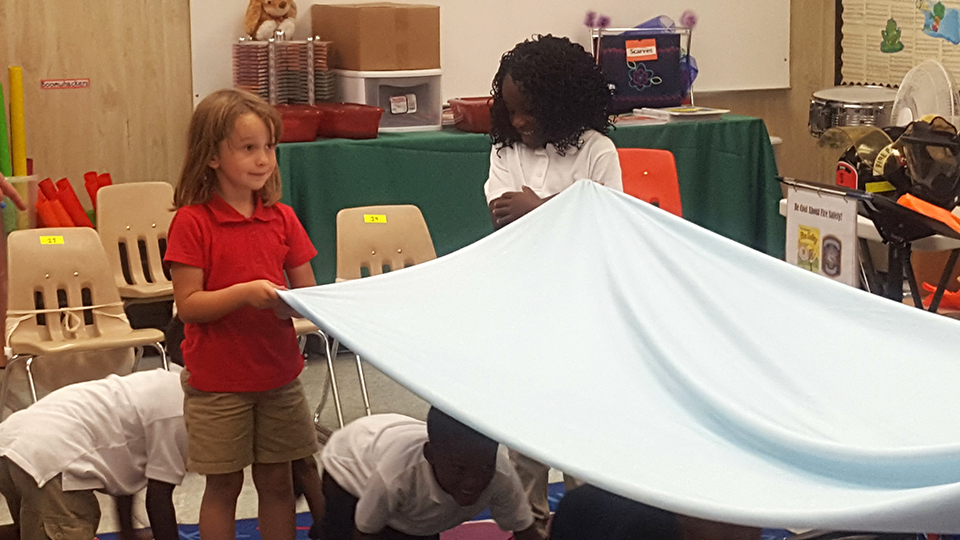
Oakcrest Elementary students practice fire safety in community project provided by Escambia Fire and Rescue.
This is the eighth in a series of installments on the improvement plans principals are implementing at the 11 Escambia County elementary schools that received a D or F on the Florida Standards Assessment.
It’s all about building relationships at Oackcrest Elementary School.
From creating partnerships with businesses to making connections for parental involvement to providing around-the-clock attention for students, school leaders see relationship building as a key cog in Oakcrest’s wheel.
“As Ms. Bonifay said, this is all about relationships,” said Rodney Ford, Oakcrest’s family and community liaison coordinator. “What we try to instill in our school through all these initiatives is trying to build those relationships, because, once you build those relationships, everything else becomes pretty much easy after that.”
ABOUT THIS SERIES
Learn how Weis Elementary is working to improve student learning from the earliest ages.
Learn how Holm Elementary is working to improvement achievement among its students.
Learn how Warrington Elementary plans to boost student achievement.
Learn how Sherwood Elementary focuses on parent outreach and teacher training for school improvement.
Learn how Global Learning Academy is striving to overcome the challenges of poverty to increase proficiency.
Learning how Lincoln Park Elementary is working to strengthen relationships among staff, parents and community.
Learn how Ensley Elementary is planning to boost math and reading skills as part of the school’s improvement plan.
Learn how West Pensacola Elementary is helping students and teachers get resources to improve academic achievement.
Learn how Montclair Elementary is reaching out to the community and increasing parental engagement to improve student achievement.
Most things are harder before they become easy, and climbing from the abyss of a low-performing school is no easy task.
As one of 11 elementary schools in Escambia County that received a D or F on the 2016 Florida Standards Assessment, Oakcrest has some history on its side.
In 2011, Oakcrest received an A based on state ratings and was one of the most improved schools in the district. Since then, the school has been on a downward spiral, dropping a letter grade each year, until receiving an F in 2016.
Getting new students to meet academic standards, adjusting to new tests and developing new teachers are a few of the challenges the school faces to pass muster on statewide assessments.
Add socio-economic disadvantages to the mix and it becomes a recipe in the making for a low-performing school.
Oakcrest Elementary School
Enrollment: 520.
Staff: 35 teachers.
Demographics: 65.7% African American, 10.3% Hispanic, 13.6% white, 3.2 Asian, 5.3% multi-racial, 1% American Indian.
English as Second Language classes: four
Free- or reduced-price lunch rate: 100%
New research by the Studer Community Institute and the University of West Florida has found that the poverty rate for households with children is 10 percent or higher in a third of the Census tracts in Escambia County.
Among them is the neighborhood that Oakcrest Elementary School draws its students from, where the median income is $22,713 a year. All of Oakcrest’s students qualify for free school meals.
Of the 11 D and F elementary schools, free- and reduced-price lunch rate was above 85 percent.
On Pensacola’s west side off W Street on Hollywood Boulevard, Oakcrest sits amid “pockets of poverty.”
“Our struggle is to meet our children where they are and move them forward,” Linda Bonifay said. “We would like classes much smaller than 18 to 22 to utilize the small-group instruction.”
With no immediate plan to reduce class size, Bonifay plans to use the extra hour as required by the district’s extended day for low-performing schools to focus on writing and reading.
Currently, fewer than 30 percent of third-graders at Oakcrest meet or exceed proficiency in reading, according to statistics from the Department of Education.
Bonifay sees a correlation between reading scores and student engagement. She lauded her teachers for using creative ideas to get their students involved.
Several classrooms adopted themes to motivate students and keep them actively involved in learning.
One fourth-grade teacher, for example, made her classroom “Mission Possible,” and all students are 007 “special agents.” The classroom door is adorned with caution tape and students use the theme in their reading, writing and research projects. Another class is themed as Super Heroes.
“We're trying to find creative ways to get the kids engaged and make it interesting for them,” Bonifay said.
To prepare for the Florida State Assessment, Ocakcrest will focus on taking pre-assessments and gauge achievement using Discover Education, Waggle and Measures of Academic Progress, or MAP.
MAP creates a personalized assessment experience by adapting to each student’s learning level — precisely measuring student progress and growth.
Waggle provides a blended learning solution to help teachers beyond tests and exams. It analyzes different aspects of student behavior to tailor a unique learning path for each student.
“We like to focus on the small-group instruction because that's where we get the differentiation that our kids need so that we can provide them the catch-up growth that they need,” Bonifay said.
One of the challenges low-performing schools face is high teacher turnover. Oakcrest is no different.
Of 35 teachers, 10 are in their first year, and four of them are fresh out of college.
It takes a year or two for new teachers to adjust to the environs of a new school, and it especially challenging for new teachers at schools that serve disadvantaged students.
The most successful teachers, Bonifay believes, are the ones who take the time to get to know their students and build relationships with them.
Creating strong relationships extend beyond the classroom.
Oakcrest and Global Learning Academy are the only two district elementary schools with community and family liaison coordinators.
In his position, Ford reaches out to parents and the community to build a bridge for outreach and engagement.
It could mean going to students’ homes after school and weekends, taking parents to doctor appointments and the grocery store or making sure families lights are on and have food in the house.
The work is paying off. More than 200 fathers showed up for Doughnuts with Dad. Muffins for Mom also was a huge success, Bonifay said.
The school sponsored Camp Read Some More and STEM nights, attracting throngs of parents and grandparents.
Parental inclusion and involvement in school life is an important part of building a positive school culture. Parents represent a vast talent pool from which to draw on for volunteers, mentors and aides to enhance learning and social experiences at school.
Children also have fewer behavior problems and do better academically when their parents are involved in school events and the homework routine. And parents themselves benefit. They learn more about their child's school and feel more connected. They often also gain useful connections and knowledge about area resources both inside and outside of school.
Children who attend schools in high-poverty areas don’t always get to the enjoyment of extra-curricular activities during or after school.
Though an elementary school, Oakcrest offers flag football and basketball for students to play on weekends.
They even had the chance to participate in the Sea Turtle Triathlon on Pensacola Beach.
Students who didn’t know how to swim took lessons and learned. Parents came out to support and cheer for their kids.
“We do things here at Oakcrest that you probably won't see other schools do,” Bonifay said. “A lot of times we get so much accomplished away from school.”
And much of it comes with the help of the surrounding community.
Oakcrest has developed longstanding partnerships with organizations, businesses and schools, including the Kiwanis Club, Gulf Breeze and Catholic high schools, Ebonwood Community Center and GSI Recycling.
Hundreds of students spent time at Ebonwood on the basketball court, in computer labs and grabbing a bit to eat in the cafeteria.
The Tri-Gulf Coast Youth Association donated bicycles for students to ride in a bike-athon at Wahoo Stadium.
The high school students give their time as friends, mentors and tutors, helping the young ones in and out of the classroom. Groups of families help keep the clothing closet and food pantry filled so students in need won’t have to go without.
Bonifay knows it won’t be easy to bring Oakcrest back to the top. But she also knows that whatever success the school and the children have, will evolve from the relationships they build and sustain at school, in the community and in the homes of the children they serve.
“Every student, every day,’ we live that motto,” Bonifay said. “It’s not something that we put on an lanyard. We actually live it.”
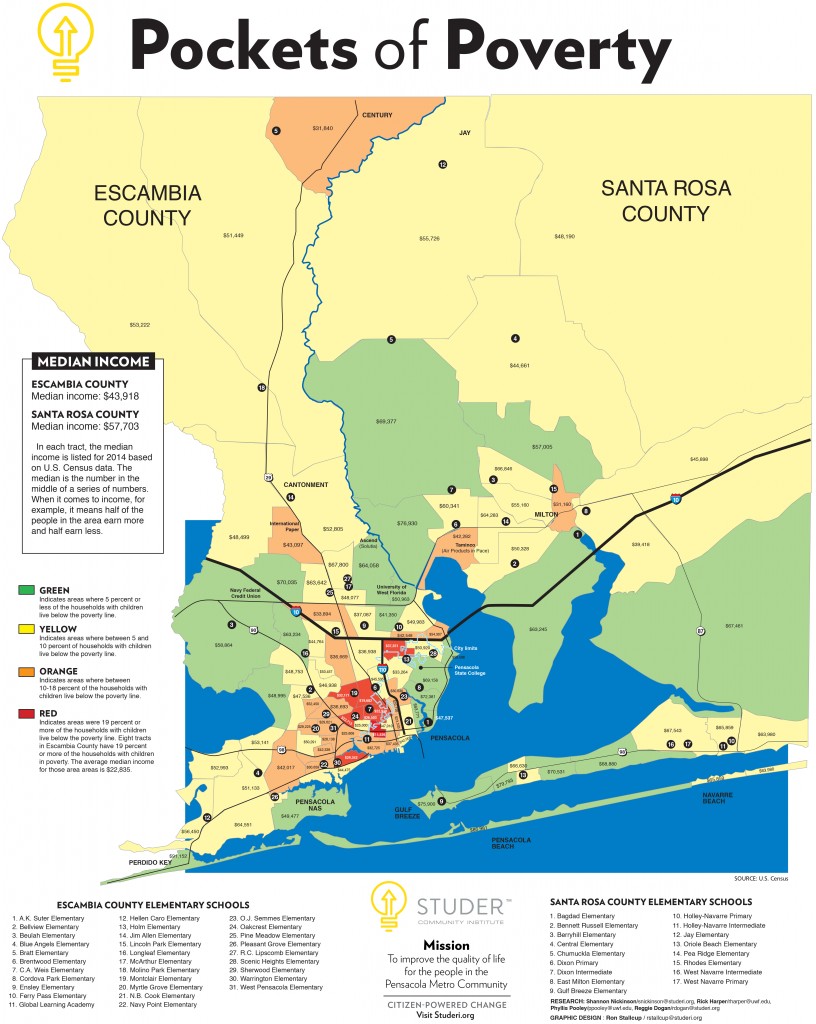
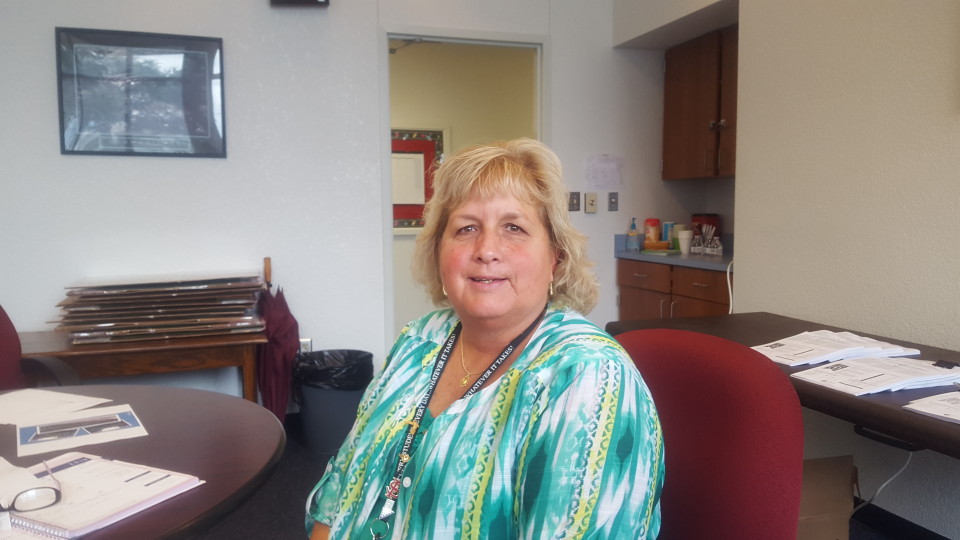
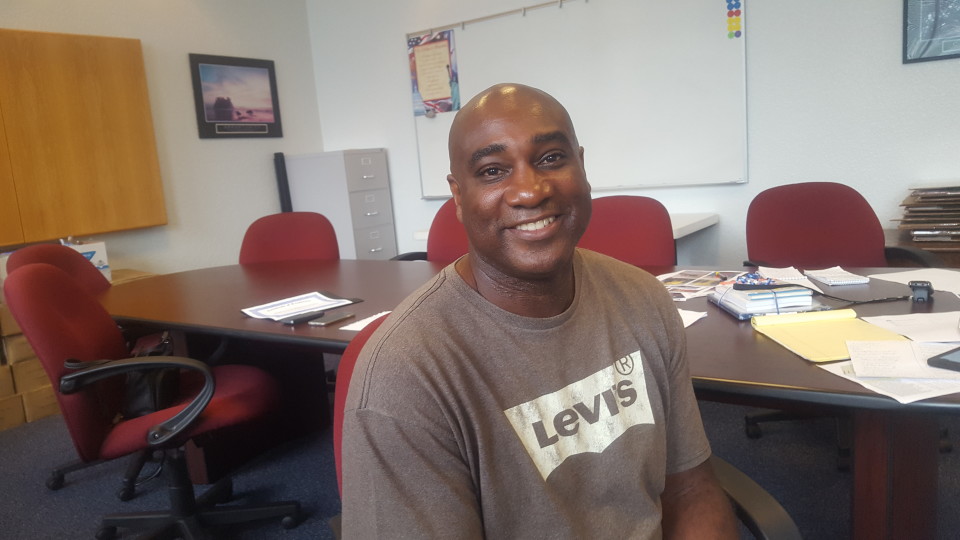
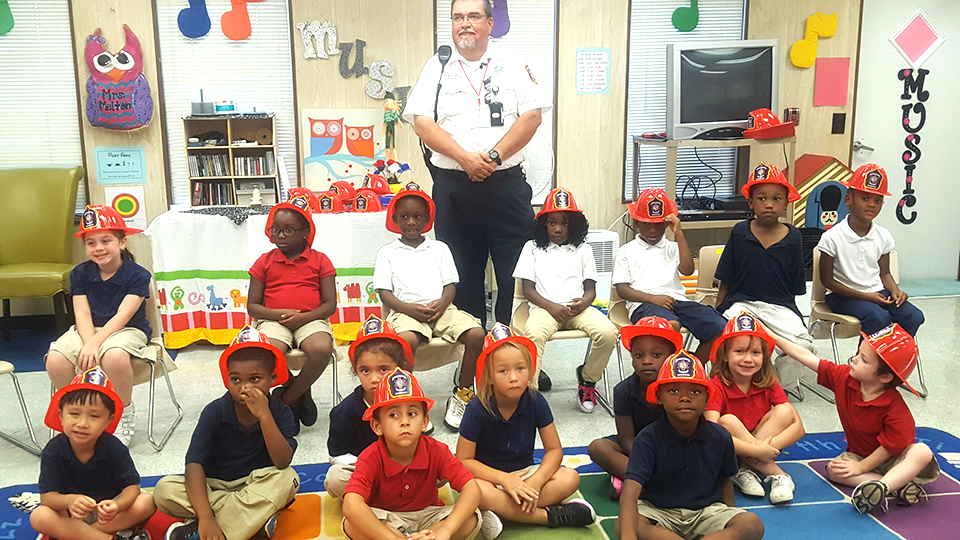
 CivicCon launches with a look at good growth in cities
CivicCon launches with a look at good growth in cities
 Building stronger brains one baby, one parent at a time
Building stronger brains one baby, one parent at a time
 SCI debuts commercial on Early Learning City
SCI debuts commercial on Early Learning City
 Entrecon: World class speakers and an opportunity to sharpen skills
Entrecon: World class speakers and an opportunity to sharpen skills
 PYP Quality of Life survey 2017
PYP Quality of Life survey 2017
 EntreCon Pensacola 2016: A look back
EntreCon Pensacola 2016: A look back
 Leadership tip: getting better employee takeaways
Leadership tip: getting better employee takeaways
 Leadership tip: be interested instead of interesting
Leadership tip: be interested instead of interesting
 Leadership tip: delivering difficult messages
Leadership tip: delivering difficult messages
 Brain Bags boost Arc, Early Childhood Court programs
Brain Bags boost Arc, Early Childhood Court programs